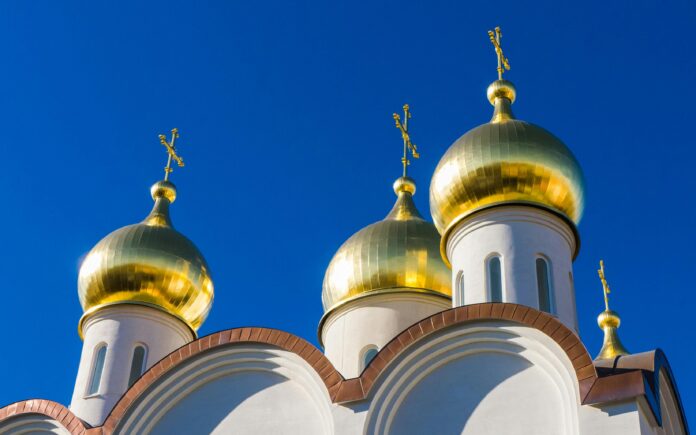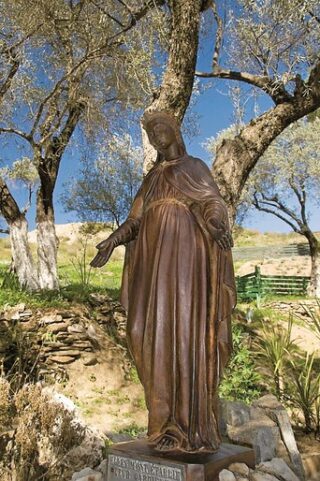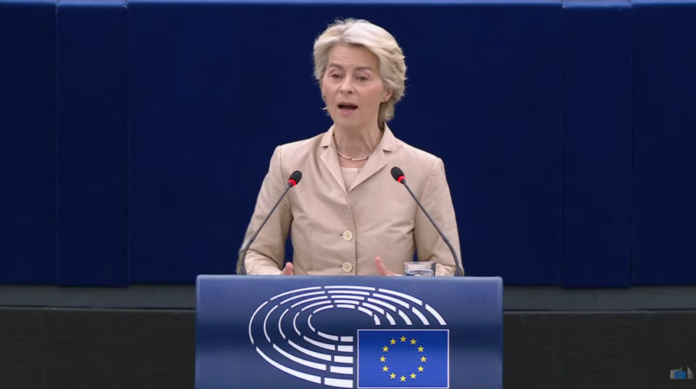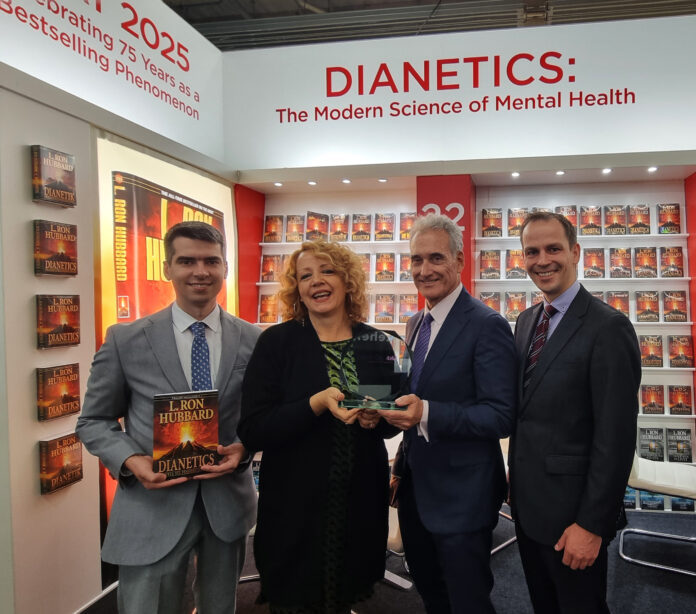Russian pop icon Alla Pugacheva was caught with $20 million worth of antiques. Among the ancient objects are works by Rembrandt and Leonardo da Vinci. The singer tried to transport them abroad. According to experts, Pugacheva’s collection includes museum exhibits from the XVI-XVII centuries, which can be put up for auction, where the price of just one of the paintings – Domenico Puligo’s “Madonna and Child with Two Angels” – starts at one million dollars, reported on 10 October “Komsomolskaya Pravda”.
Last year, when the star came to Russia, her representatives compiled an inventory of antique items. Documents include a 19th century French chandelier, a 19th century fruit stand, 16th-19th century sculptures and paintings. It was planned that all of them would be transported from Sheremetyevo airport, but the representatives of the star did not provide all the documents to the customs and they were refused transport.
In March of this year, the Russian Prosecutor’s Office asked the country’s Ministry of Justice to declare Alla Pugacheva a “foreign agent” after she criticized the war in Ukraine. At the beginning of the conflict in February 2022, Pugacheva and her husband Maxim Galkin flew to Israel, where the family owns an expensive estate. After Galkin publicly condemned the Russian special operation, he was declared a “foreign agent”, and Russian services began to investigate the singer on charges of discrediting the Russian army.
As a producer familiar with the situation told the KP.RU website: “Foreign agent Galkin came up with a hobby for himself – he built a castle, so he decided to stuff it with antiques, imagining himself a collector. He and his wife bought paintings, jewelry, doors, lamps, chests of drawers, etc. at auctions. Often at inflated prices. Often those that do not actually represent artistic value. Now experts who have studied the list of their collection say that there are no outstanding, museum works of art there. There are expensive old paintings, figurines, etc. There are a lot of them. For birthdays and anniversaries, friends gave them something for the collection. Pugacheva and Galkin* have a lot of things, chaotically bought at auctions at inflated prices for amateurs. Last year, they decided to export part of the collection. According to the law, it is forbidden to export from the country without special permits: firstly, antiques created more than a hundred years ago, secondly, items that are of significant value, classified as cultural heritage sites, and included in special registers. To export, it is necessary to order an examination and carry out customs declaration. All this was done in 2023, but customs rejected the collection – some of the ancient exhibits did not have the necessary export permits.” What did they want to export? Many works of painting, slightly fewer – works of decorative and applied art.
– Books in the amount of 118 pieces of modern editions by different authors.
– Seven sculptures. Among them – four sculptures from 1889, France, by Jean Baptiste Gustave Deloy. And three modern ones – “Seated Minotaur” (2022, Russia, E. Pylnikova), “Bull Hunt”, “Lion Hunt” (2018, Russia, A. Krasov and A. Kryukov).
– Two tables from Artem Stepanyan’s workshop, 2019. Materials – wood, gilding.
– A set of two fruit vases – bronchus, crystal, ornamental stones, gilding, silvering, blackening, casting, embossing, inlay, painting. 1840 – 1842, France.
– Two chandeliers. 19th century. France.
– A mirror in the Neo-Renaissance style (bronze, casting, embossing, engraving, gilding). Ferdinand Barbedienne factory, sculptors Albert Ernest Carrier-Belleuse and Louis-Constant Seven.
– Two consoles – “Triton” and “Pan” (wood, stone, carpentry, wood carving, stone carving, tinting, varnish). Mid-18th century, Italy, Venice.
– Pair of mahogany consoles with a Medici ring. Mid-19th century, Western Europe.
– Two table decorations. Pair of candelabra. 19th century. France.
– Picture frames. 8 pieces. 19th century, 20th century. Italy, Western Europe.
– Paintings. 21 pieces. The oldest canvas in this collection is dated in the inventory as follows – 1520s, Italy. Domenico Puligo “Madonna and Child with Two Angels”, wood, oil, 72.5 x 51.7 cm, in a frame 101.5 x 80.1 x 8 cm. At auctions, paintings by this Italian Renaissance artist were sold at an average price of 3 million rubles. The cost of this painting may be higher.
Illustration: Domenico Puligo, “Madonna and Child with Two Angels”














